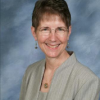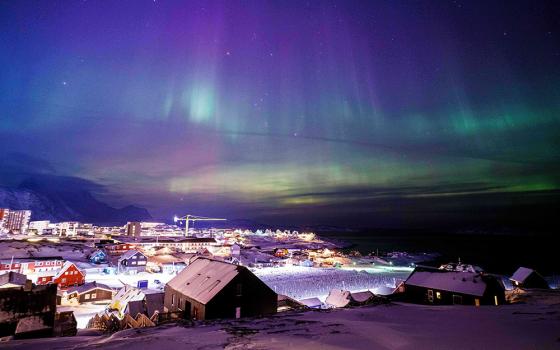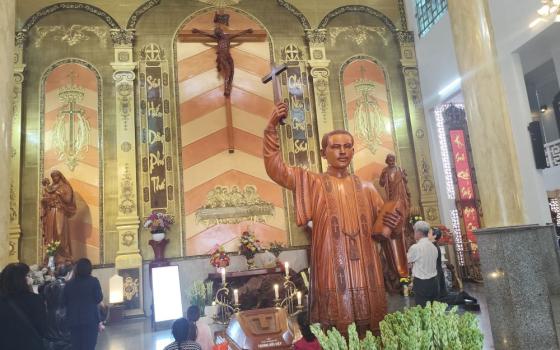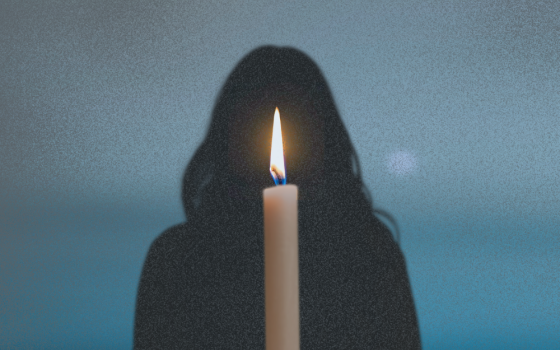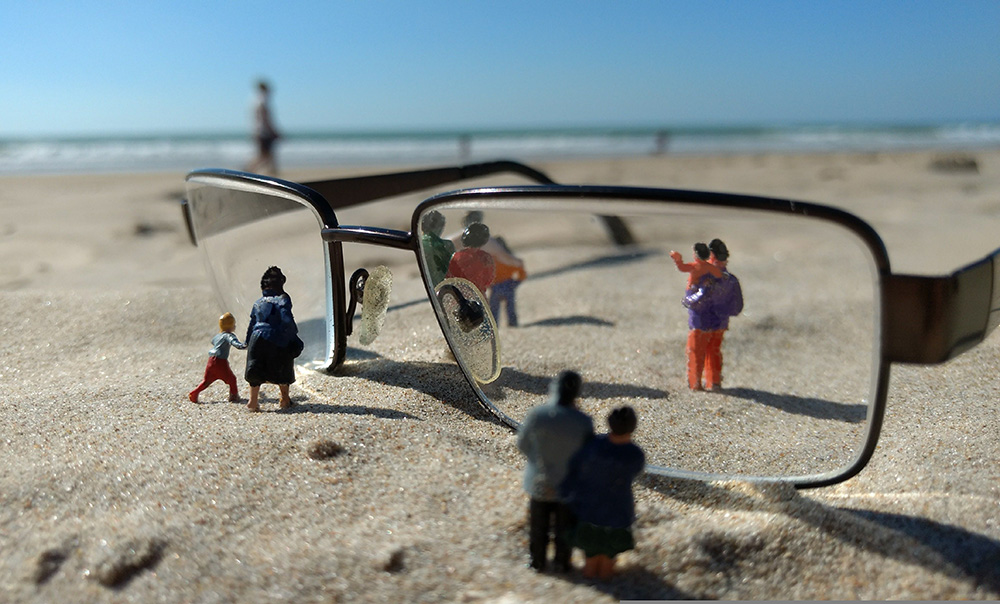
(Pixabay/Wilfried Pohnke)
Waiting to board a plane, I sensed movement to my right. When I turned, I saw a young woman gesticulating in front of her phone. It took me a moment to realize that she was hard of hearing and was talking using her phone.
I had not seen that before and I thought how wonderful that she could now see and be heard in a way that was not accessible to her ever before. The image of her silently yet wildly talking lingered with me. I became aware that at different times and for various reasons we become aware of something in a new way — we begin to see differently.
For her, technological advances have allowed her to see herself in a new way. She can now contact people as she travels or is in need or is just desiring to connect with friends and family regardless of where she is. She might experience a new sense of freedom and security. Seeing in this new way most likely is changing her very identity. How she sees herself and how others see her.
I found myself reflecting on other ways that invite us to see anew. Realizations that come to us now that might not have been possible at an earlier time.
I thought about when I became aware of the women's movement in the late '60s and how my eyes were open to see the inequality of women within political, ecclesial and familial arenas. How language, cultural stereotypes, policies and structures shaped the way we thought about who we were; what we could aspire to; and how we tolerated abusive behaviors.
Through the next 50 years, many more people began to see women in a new way. But not everyone — today, there are people who still consider the advances women have made to be problematic or even threatening to their understanding of women's role.
Advertisement
Another area that is opening us up to new ways of seeing are the cries of those who have been written out of a history that is predominantly a narrative written from the white, straight, male, Christian perspective. It is perhaps only now — even though this reality has existed over centuries — that more of us can "see" history in these new ways.
For those of us who are being asked to see our biases rooted in privilege — race or class or gender or sexual preference — it isn't easy. As when I felt this person next to me at the airport, it was startling. At first I couldn't make sense of it. It didn't look quite right.
Then, with awareness of what was really happening, I was able to make this new piece of knowledge part of the whole of how I understand persons who are hard of hearing.
I believe that is what happens when we encounter something new and different, someone or something that doesn't fit into our preconceived ideas, belief system or worldview.
First, there is a tendency to deny it. To close our eyes to this possibility. We can stop there and resist any change in current perception.
Or we can begin to explore what is behind and underneath the words, the actions and/or the demands. What can emerge is an understanding that reveals that this is a call for a new way of seeing, calling us to take a long, loving look at reality.
I am realizing more and more that the capacity to see things in new ways and the openness to try to understand those who are different, or the viewpoints that challenge my current beliefs — this doesn't just happen.
For me, it is through my contemplative practice, over time, that a capacity develops in me and I am more aware of what is going on in my life and in the world. I am more open to see in new ways what I have taken for granted and assumed was the only and correct way to view things.
Twice each day, I begin my contemplative sitting and consent to Divine Love working within me for my transformation and that of the world — and things are happening. Over time, Divine Loving Spirit works within me — the same Loving Spirit working within us all — inviting me and us to be open to seeing others and differing positions in new ways.
